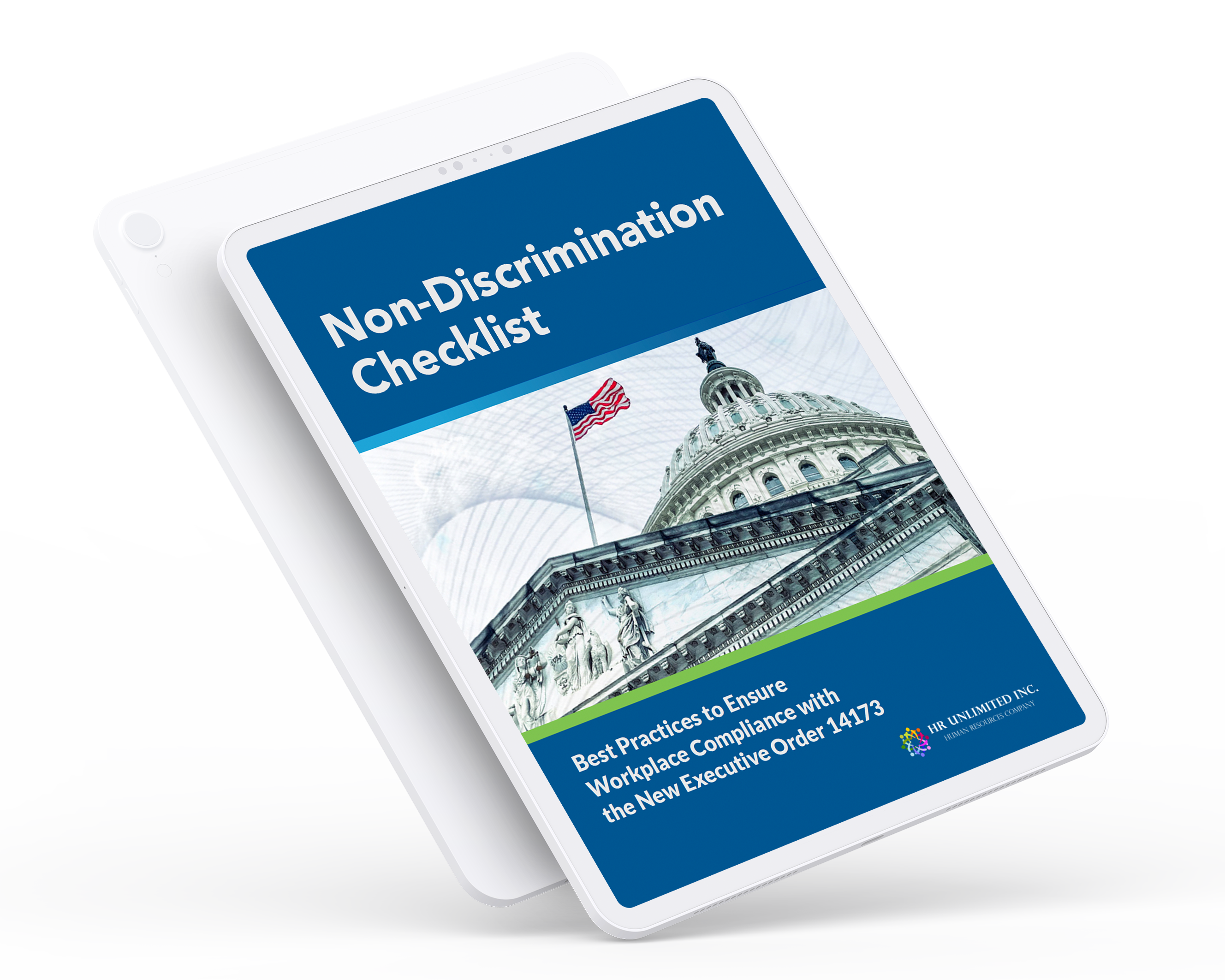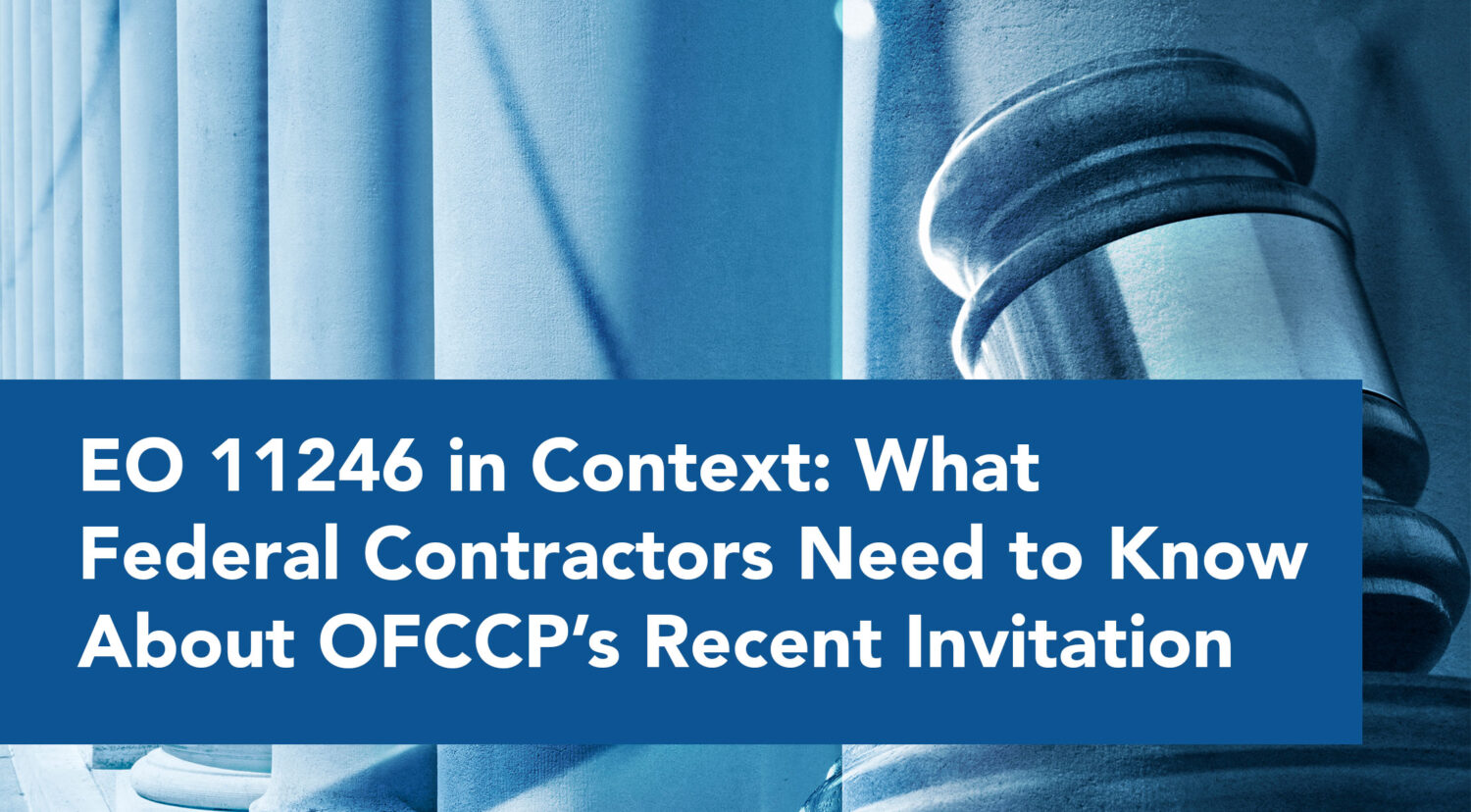

Three Things You Need to Know About Pay Discrimination
Last month, the University of Denver announced it had agreed to pay $2.66 million to settle an unequal-pay lawsuit. The suit was brought by seven female professors at the University of Denver’s Sturm College of Law who said they were not being paid as much as their male counterparts.
The suit stemmed from a December 2012 memo written by the law school’s then-dean, Martin Katz, that showed the average female professor made nearly $16,000 less than male professors.
Lawsuits like these, arising from pay discrimination, are all too common. Also, in May, the U.S. Department of Labor reached a $2.9 million settlement to resolve alleged pay discrimination violations at information technology corporation Dell EMC.
The settlement came as a result of routine compliance evaluations by the Office of Federal Contract Compliance Programs that found Dell EMC paid women and African Americans less than white males. As part of the settlement, the company has agreed to make pay adjustments, and take steps to ensure its pay practices meet legal requirements.
Similarly, in March, a routine compliance evaluation by the U.S. Department of Labor’s Office of Federal Contract Compliance Programs found 753 allegations of gender-based pay discrimination. These allegations have resulted in a $2.5 million payout by health insurance company Humana Inc. for back wages.
It’s unfortunate that many companies wait until after a costly lawsuit to address wage fairness and pay disparities in their workplace. It’s important for employers to understand best practices in pay fairness in order to avoid such hefty penalties, along with negative publicity, before they arise. Addressing pay discrimination can help to increase employee morale and contribute to a positive work environment overall. Here are three things employers need to know about to ensure they don’t run afoul.
U.S. Equal Employment Opportunity Commission:
Under Federal law, it is illegal for an employer to discriminate against an employee on the basis of race, color, religion, sex, national origin, age, disability or genetic information. And while that might seem pretty cut and dried there are a few details employers might not be aware of. It’s important to note that age discrimination only applies to those employees 40 and over. It’s also important to understand that discrimination on the basis of sex does not just apply to gender but also gender identity, sexual orientation, and pregnancy. Federal law also protects employees from retaliation resulting from a discrimination complaint.
So what does this mean in terms of pay discrimination? Simply put, employers must not consider demographic information when making decisions about wages and benefits. Employers are similarly prohibited from discriminating against employees who inquire about or discuss their compensation or the compensation of others. This means an employer can not punish an employee for talking about wages and benefits in the workplace. Traditionally, wage discrimination has been allowed to thrive because employees have been discouraged from discussing wages and benefits with their coworkers. Only by allowing open conversation about these topics can employees uncover wage discrimination when it occurs.
Equal Pay Act:
While there are a number of federal laws that protect citizens from employment discrimination, the Equal Pay Act was enacted specifically to target gender-based pay disparities. The Equal Pay Act requires that men and women in the same workplace be given equal pay for equal work. This does not mean the job the two employees are doing needs to be identical, but the duties and workload must be equal. The law pertains not just to salary and wages but all other benefits including overtime pay, bonuses, stock options, profit sharing and bonus plans, life insurance, vacation and holiday pay. It also includes compensation such as cleaning or gasoline allowances, hotel accommodations, reimbursement for travel expenses, and health insurance.
Despite these requirements, there are some instances where pay and benefit differences are permitted. This includes allowances for seniority, merit, quantity or quality of production, or other factors not based on sex. It’s also important to know that If an employer determines that there is an inequality present, the employer cannot not reduce the wages or benefits of either sex to equalize the pay disparity.
Misconceptions:
Customarily, pay discrimination is viewed as an issue mainly concerning women and minorities, but according to data from the EEOC, there are a wide range of employees filing complaints regarding pay discrimination. In 2016, while women did file the majority of gender-based wage discrimination complaints, 15 percent of the complaints in this category were filed by men. Additionally, age discrimination accounted for 20 percent of all complaints. Also of note, the number of wage discrimination complaints made by individuals with disabilities increased each year from 2012 to 2016 when these complaints accounted for nearly 15 percent of all complaints.
This data is important to recognize. While many employers are surely dedicating their efforts to examining pay disparities between races and sexes, it’s important to look at all of the areas where wage discrimination might be found. Employers must be vigilant about wage discrimination in each and every segment of their operations.





